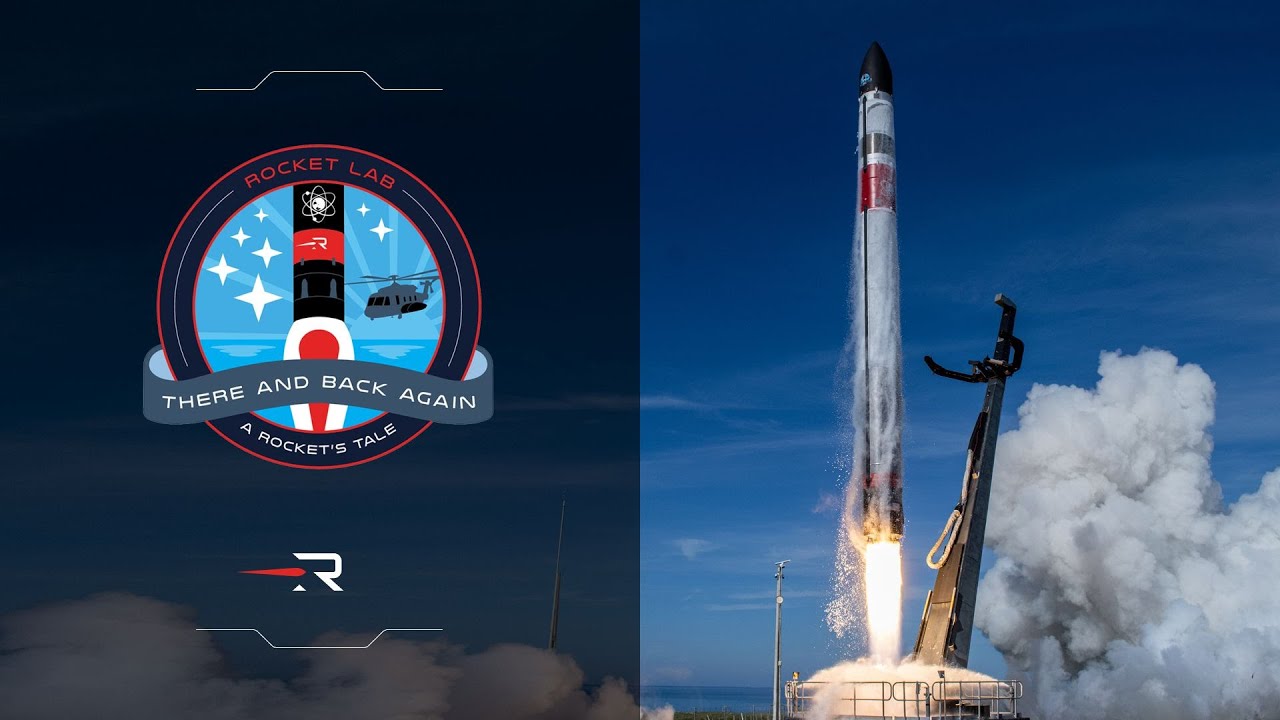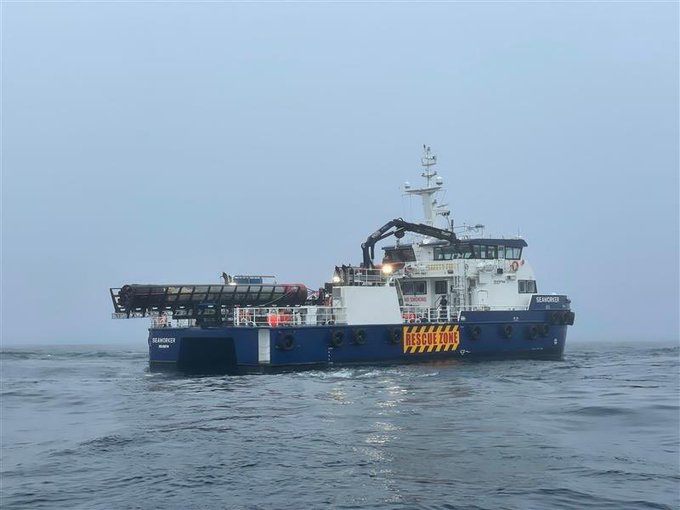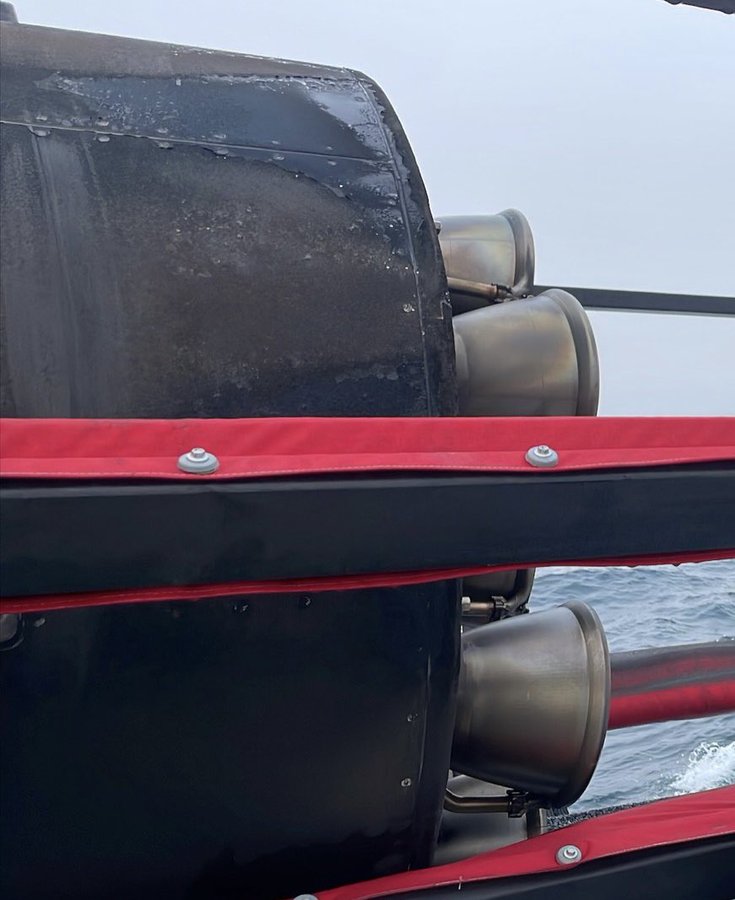Rocket Lab plans to launch its Electron rocket on a commercial ride-share mission to place 34 satellites for a variety of customers into a 520 km Sun-synchronous orbit. Launch is scheduled for 2022-04-29 at 22:35 UTC from the New Zealand launch site. The launch window extends to 00:40 UTC on 2022-04-30 in case of delay.
This will be the first attempt to recover the Electron first stage by catching it with a Sikorsky S-92 helicopter while it descends under a parachute. If caught successfully, the booster will be lowered to a recovery vessel at sea.
Here is a pre-flight preview from Everyday Astronaut with more details of the booster recovery plan.
An hour prior to liftoff, Sikorsky S-92 will move in the capture zone (~ 288 km off New Zealand’s coast) to await launch. This mission’s recovery process will go as follows. First, the reaction control system will reorient the booster 180° for re-entry. This orientation, as well as the heat shield, will help the vehicle withstand temperatures up to 2400 °C as it re-enters Earth’s atmosphere at hypersonic speeds (8,300 km per hour, ~8 times the speed of sound). After decelerating to supersonic speeds (< Mach 2), Electron will deploy a drogue parachute at 13 km altitude that will stabilize the stage and continue slowing it down. Then, the main parachute will come into play at an altitude of around 6 km to increase drag even further, to 36 km per hour.
After that, a helicopter stationed in the recovery zone will be deployed and will attempt to rendezvous with the returning booster and catch its parachute line via a hook. Then, the helicopter will unload the booster onto the recovery vessel, which will mark the first attempt of an at-sea offload of the company. The recovered stage will then be returned to land for thorough inspection.



